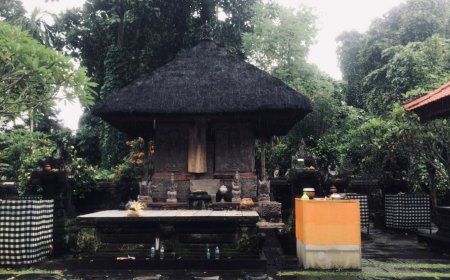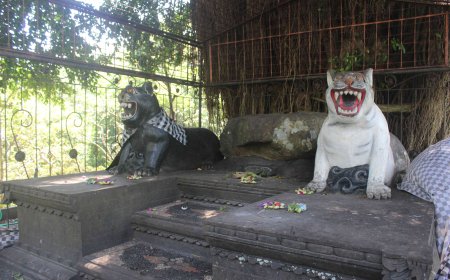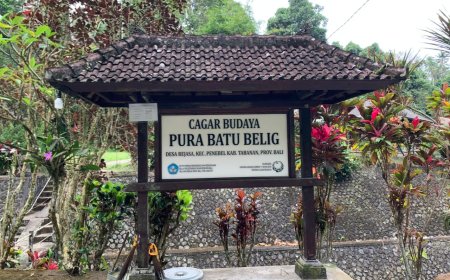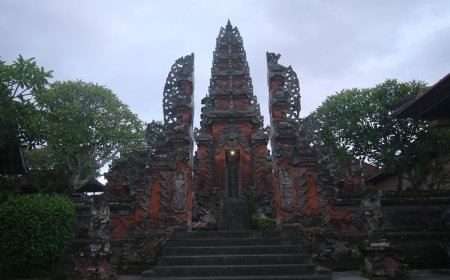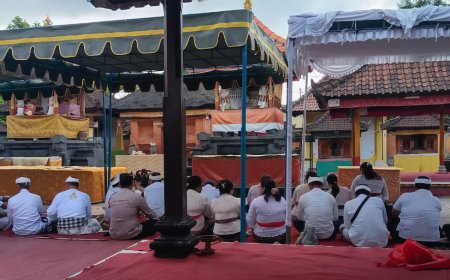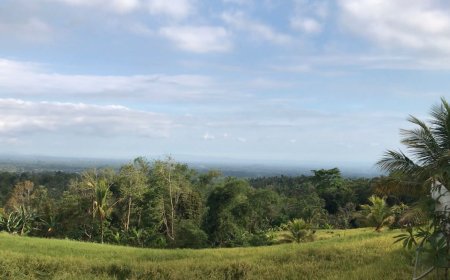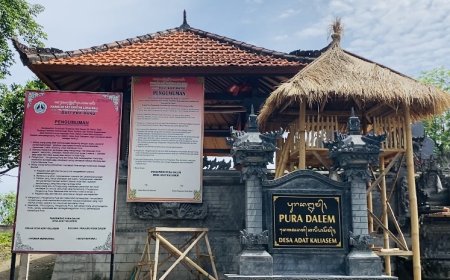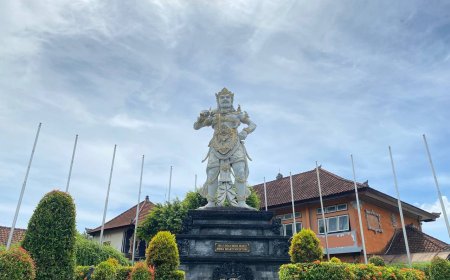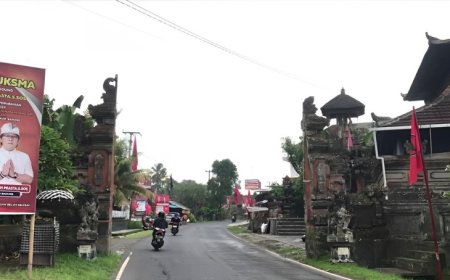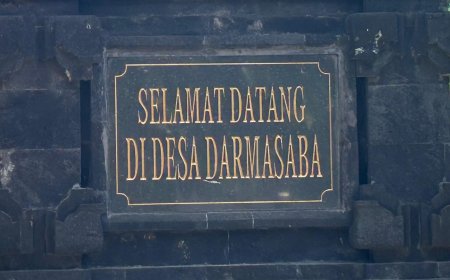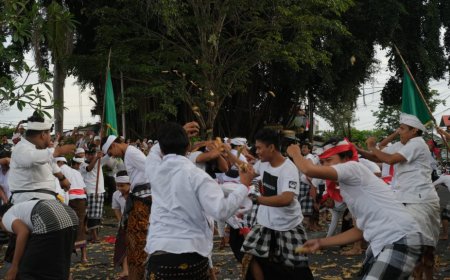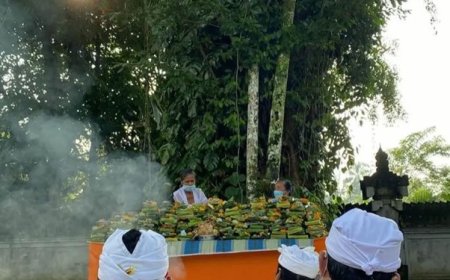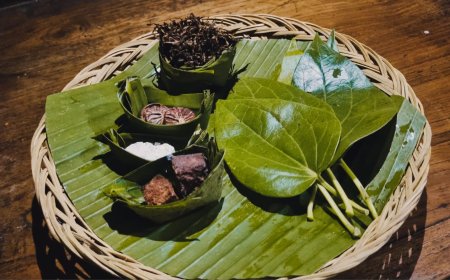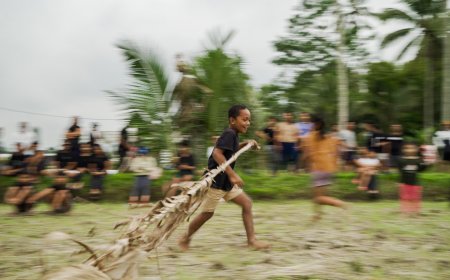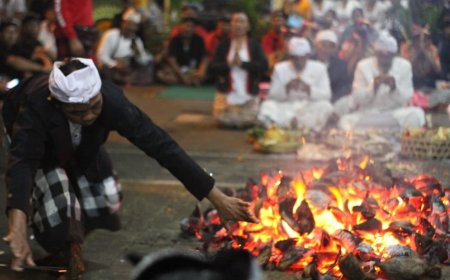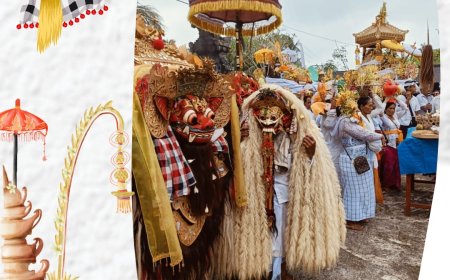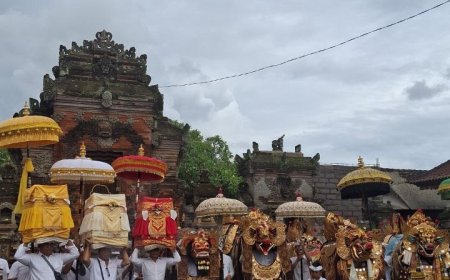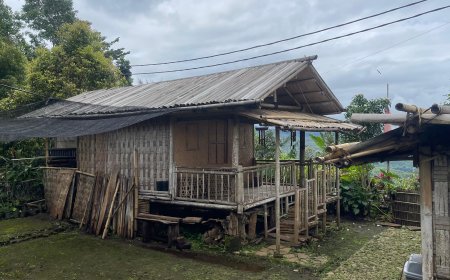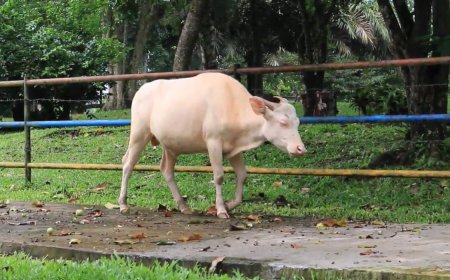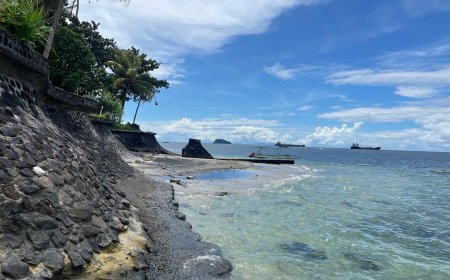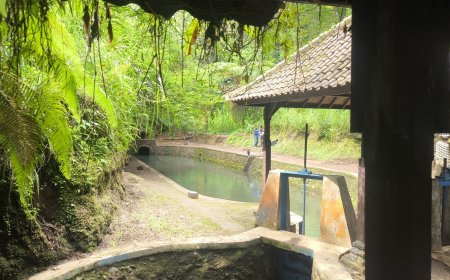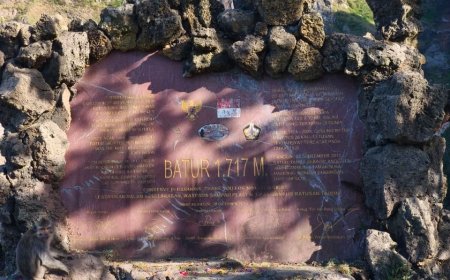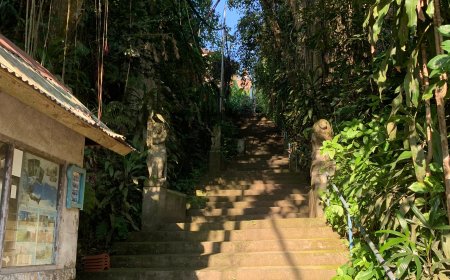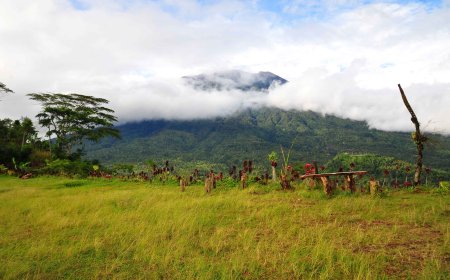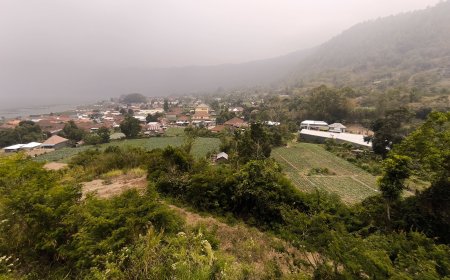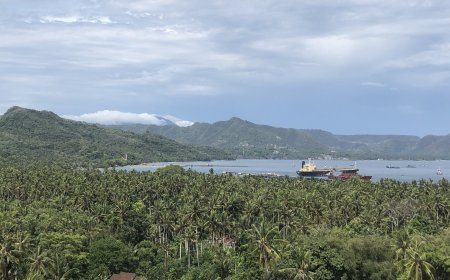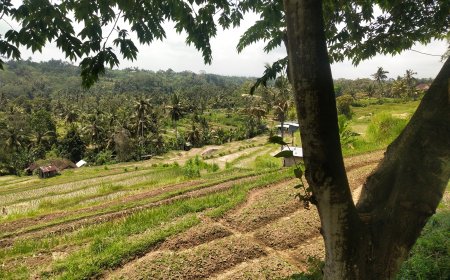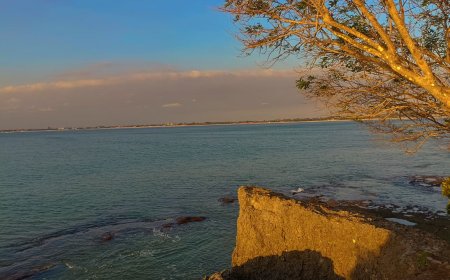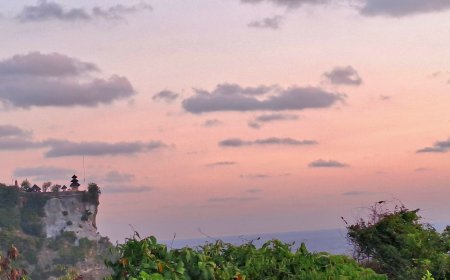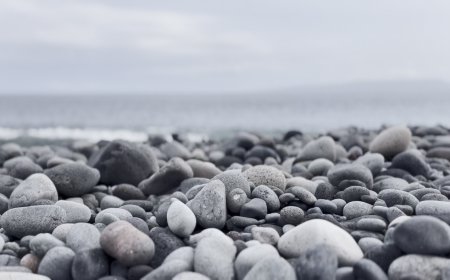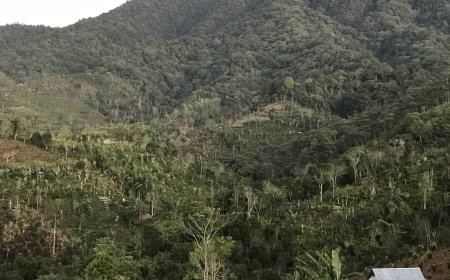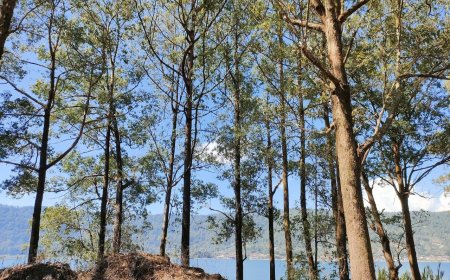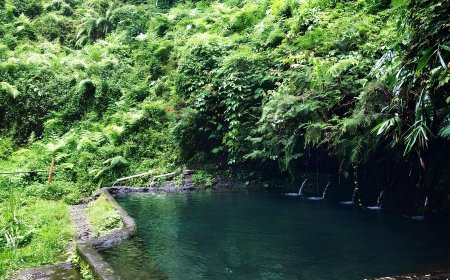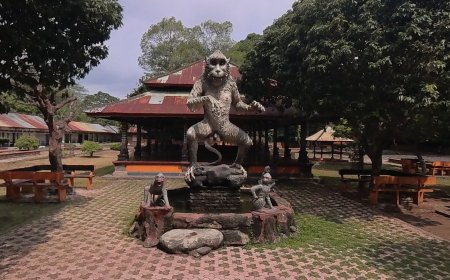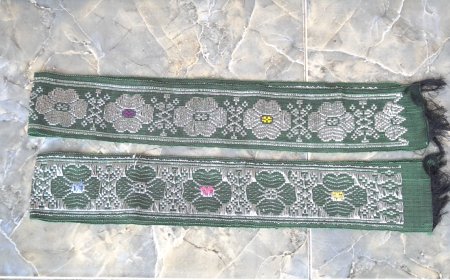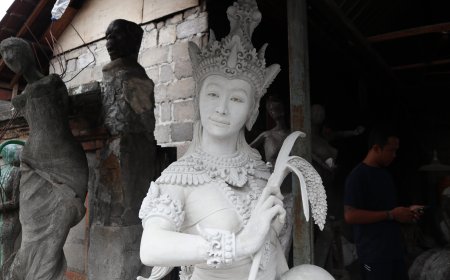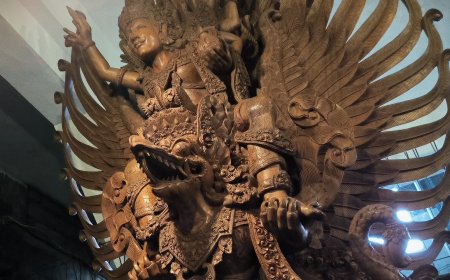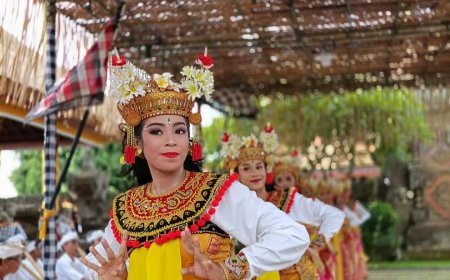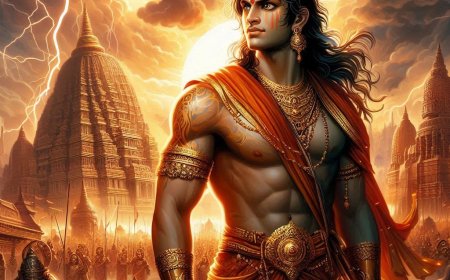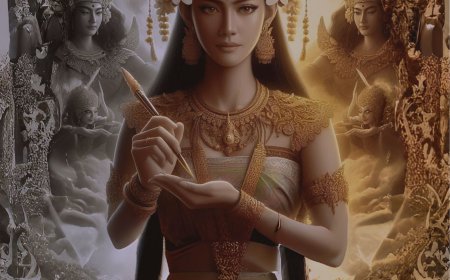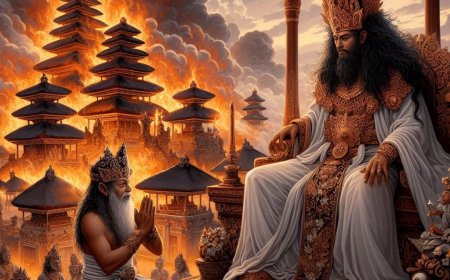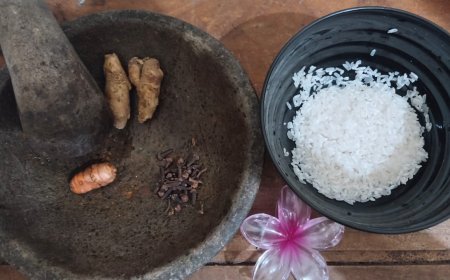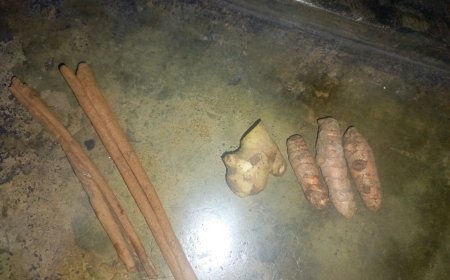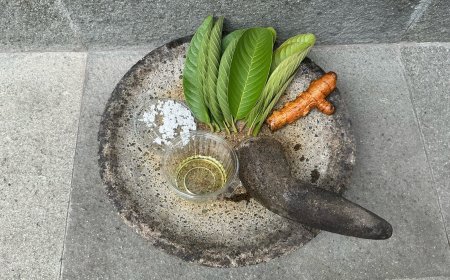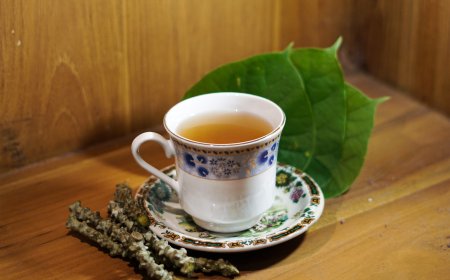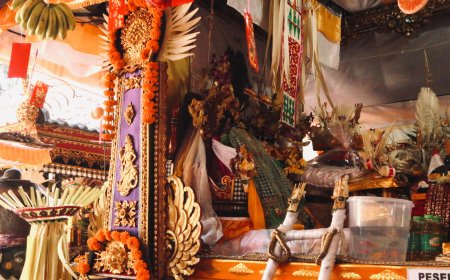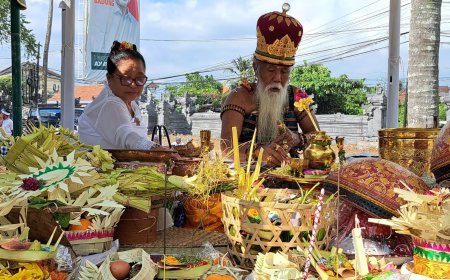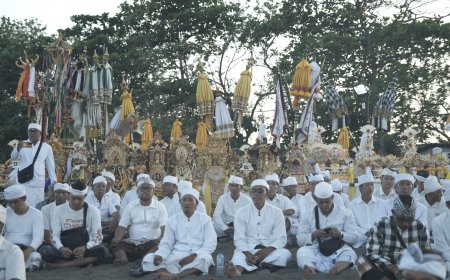Ngusaba Ida Bhatara Turun Kabeh and Ngusaba Nini Tradition in Tohjiwa Customary Village
Tohjiwa Customary Village is a traditional village situated in the Sidemen sub-district, Karangasem Regency. Tohjiwa Village observes a couple of unique traditions regularly, namely the Ngusaba Ida Bhatara Turun Kabeh Ceremony, held once every 10 years, and the Ngusaba Nini Ceremony. Both ceremonies take place at the same location in the Pura Puseh of Tohjiwa Village.
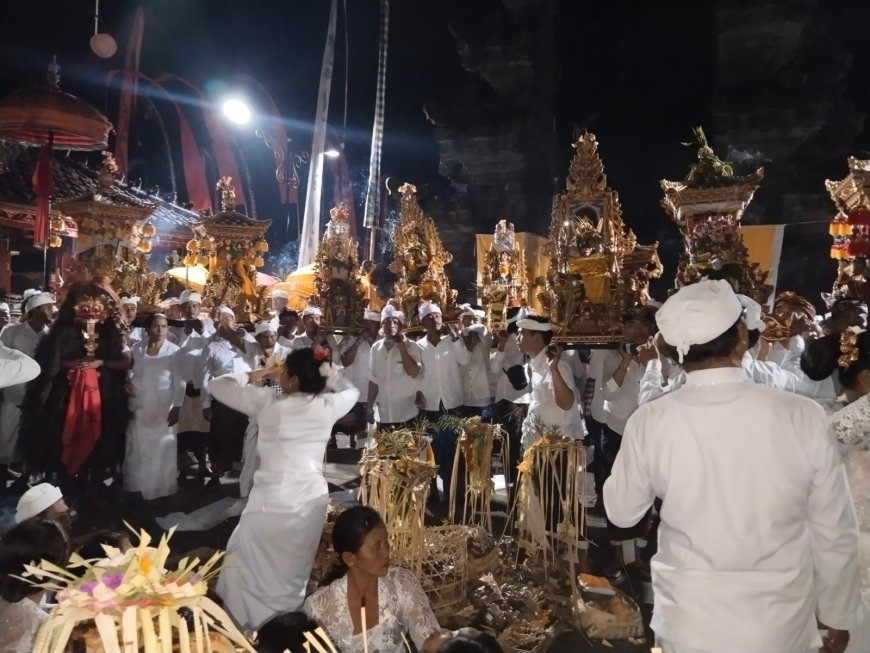
Tohjiwa Customary Village has a close connection with Besakih Temple in Besakih Village, Rendang District, Karangasem Regency. The relationship between Pura Puseh Tohjiwa and Besakih Temple is evident during the implementation of the Ida Bhatara Turun Kabeh Ceremony, which takes place every 10 years. The connection between Pura Puseh Tohjiwa and Besakih Temple in the Melasti Ida Bhatara Turun Kabeh ceremony leads to Pura Puseh Tohjiwa due to the ancestral ties with Mpu Sidhimantra's lineage. Mpu Sidhimantra is the son of Ida Bang Manik Angkeran, who descended Ida Tulus Dewa and gave rise to Ida Tohjiwa and Ida Penataran. Ida Tohjiwa was granted authority to reside in Tohjiwa.
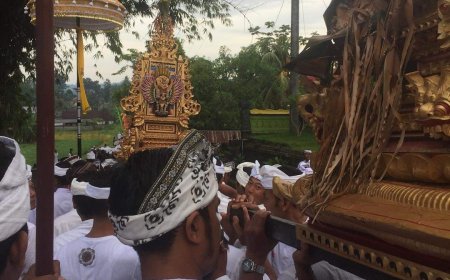
Melasti Ngusaba Ida Bhatara Turun Kabeh Ceremony (Photo Source : Personal Collection)
The implementation of the series of ceremonies for Melasti Ida Bhatara Turun Kabeh during Tawur Agung Panca Wali Krama, held every 10 years at Besakih Temple, begins with a sacred journey to Watu Klotok Beach Temple in Klungkung Regency. The procession starts from Besakih Temple to Watu Klotok Beach Temple. After completing all Melasti ceremonies at Watu Klotok Beach Temple, the procession of Ida Bhatara Turun Kabeh continues to Penataran Agung Temple in Klungkung for offerings and prayers. Then, the journey proceeds to Pura Puseh Tohjiwa (for offerings and prayers) and finally to Pura Puseh Tabola for offerings and prayers. The next day, the procession resumes towards Besakih Temple. During the ceremony at Pura Puseh Tohjiwa, the Ida Bhatara Turun Kabeh and Ngusaba Nini are conducted simultaneously.
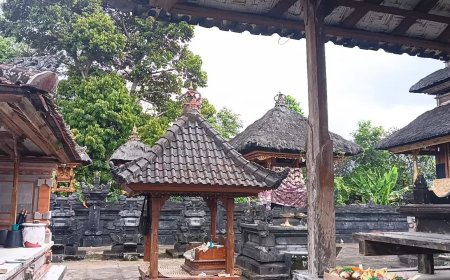
Puseh Temple, Tohjiwa Traditional Village (Photo Source : Personal Collection)
The Ida Bhatara Turun Kabeh ceremony in Tohjiwa Customary Village depicts all manifestations of deities gathering at Pura Puseh Tohjiwa and Pura Bale Agung to unite and bestow their blessings to the devotees expressing their devotion to Ida Sanghyang Widi Wasa.
During the Ida Bhatara Turun Kabeh ceremony, all sacred symbols in the Kahyangan Temple of Tohjiwa Customary Village are ritually carried and arranged in their designated places at Pura Puseh and Bale Agung. The temples and sacred symbols in the village's Kahyangan Temple include Pura Puseh, Pura Bale Agung, Pura Dalem Gede Daton, Pura Catur Lawa (Pura Ratu Laga Kangin, Pura Ratu Laga Kauh, Pura Dalem Lingsir, and Pura Penataran Temaga), Pura Tanggun Desa, Pura Dalem Pendem, Pura Dalem Pinaruh, and Pura Ulun Suwi. This illustrates that the deities unite to bestow blessings according to the devotees' karma and devotion. In general, the Ida Bhatara Turun Kabeh ceremony aims to seek prosperity and the safety of the universe (Bhuana Agung/macrocosm) and its inhabitants (Bhuana Alit/microcosm).
Ngusaba Nini is also a tradition practiced in Tohjiwa Customary Village. This ceremony is held to seek blessings, maintain the balance of nature, and express gratitude for the harvest in Tohjiwa Customary Village. The religious procession involves customary leaders, religious figures, and the local community. Symbolic offerings are presented to the ancestral spirits as an expression of gratitude for the harvest in Tohjiwa Village. Active community participation in preparation and cleaning creates social bonds. Ngusaba Nini reflects the belief in maintaining the balance of nature and respecting the environment and ecosystem. This ceremony serves as an appreciation for the environment and the cultural identity of the Balinese community.
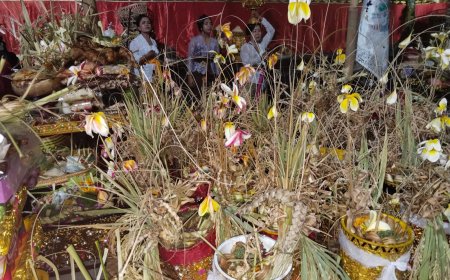
Facilities for the Ngusaba Nini Ceremony (Photo Source : Personal Collection)
According to the Lontar Widhi Sastra, the Ngusaba Nini ceremony aims to purify water (negtegang toya/tirtha), while the Ngusaba Desa conducted by the customary village aims to purify the land (negtegang bhumi). The Lontar Usana Dewa suggests that the Ngusaba Desa and Ngusaba Nini ceremonies should ideally be conducted simultaneously for the tranquility and well-being of the community.
The Ngusaba Ida Bhatara Turun Kabeh ceremony in Tohjiwa Customary Village and Ngusaba Nini are inseparable from the history of Tohjiwa Customary Village. As described in the Ngusaba Bersinergi Membangun Hidup Sejahtera quote, these ceremonies provide spiritual strength to uphold philosophical values, preserve the elements of the Panca Maha Bhuta, and contribute to a prosperous life.
